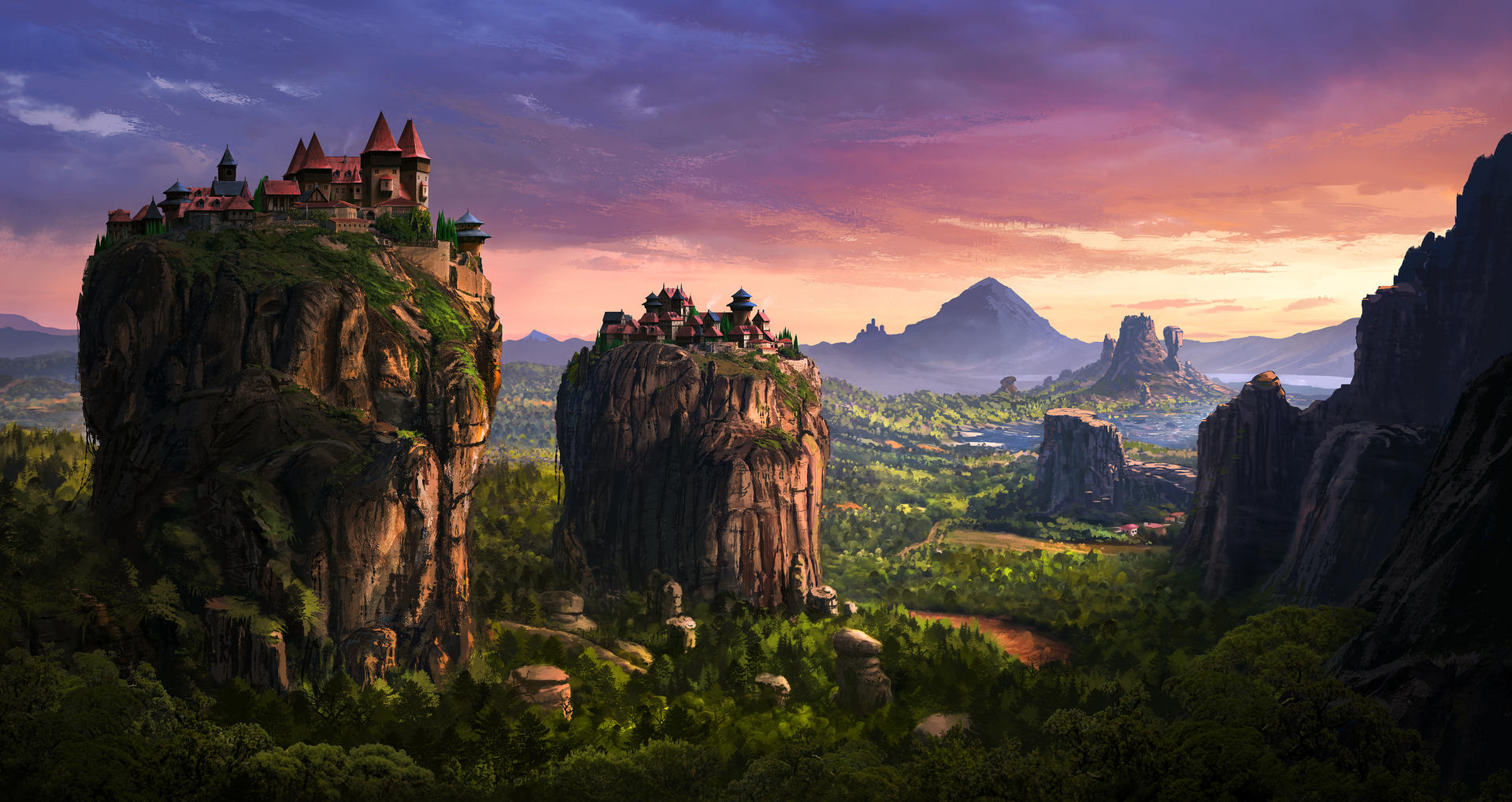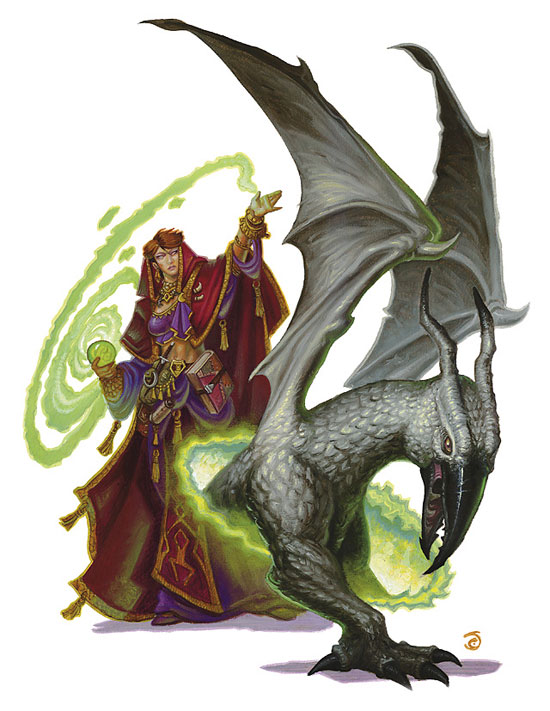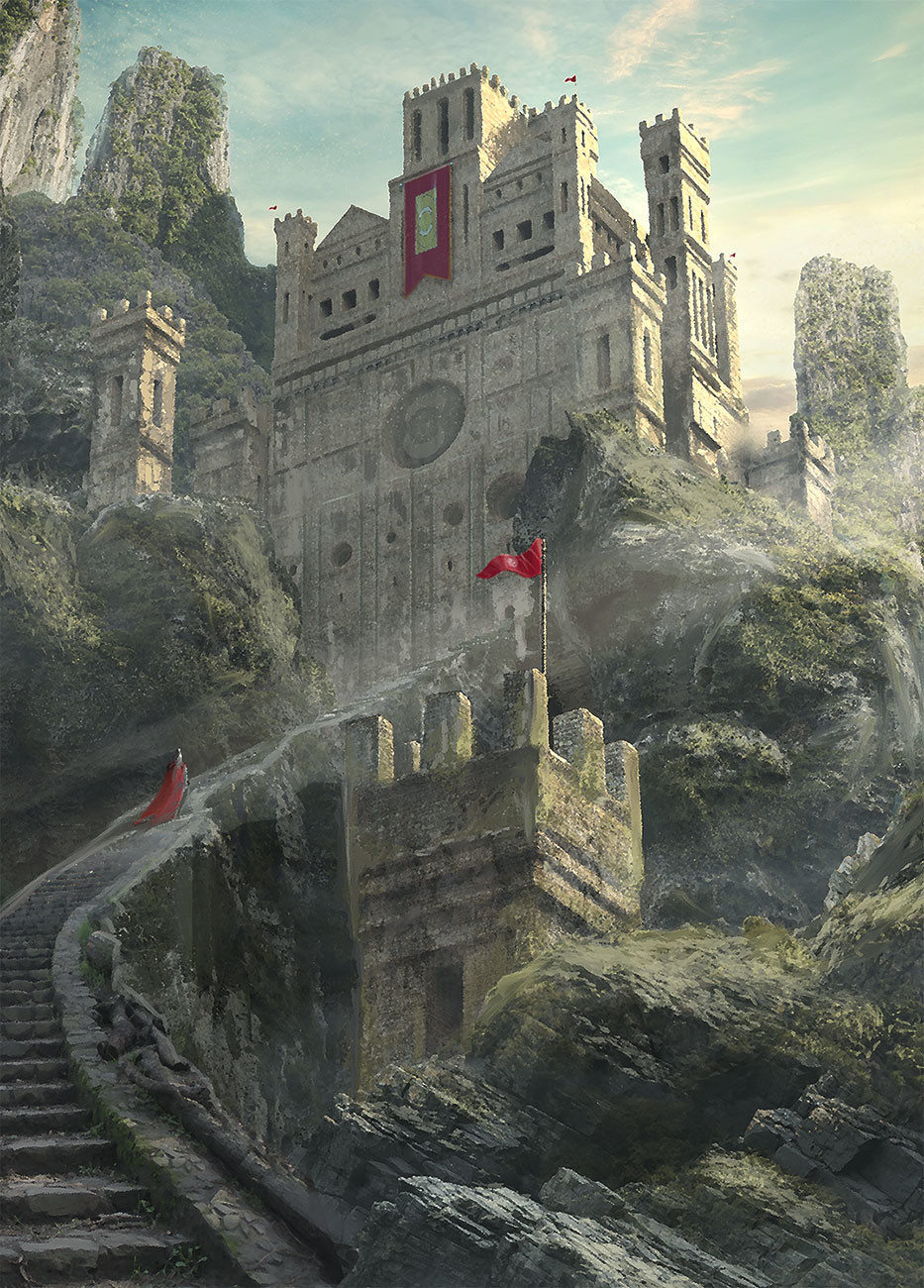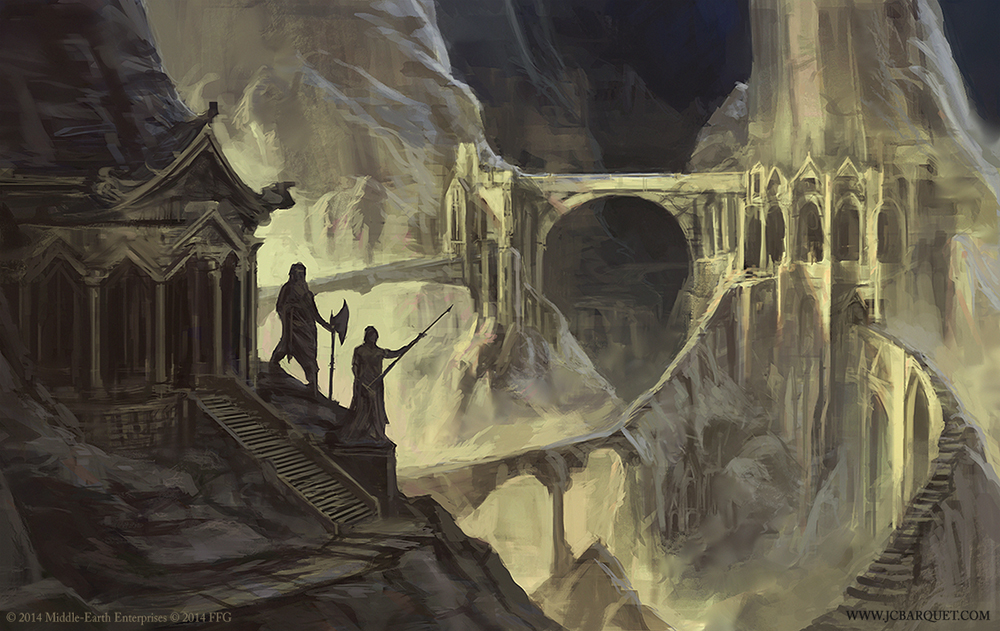In a previous post about the Cult of Chaos I mentioned that there were no actual deities or immortals, only the primal forces of the universe, Law and Chaos, and that clerics drew their powers and spells from these unknowable and opposing forces.
My reason for doing this is that the pantheon of immortals in Mystara is scattered among many books. And I don't have a copy of Mentzer's Set 5: Immortal Rules or Wrath of the Immortals, and am unlikely to buy one soon. Most campaign settings (such as Dragonlance, Greyhawk, Forgotten Realms and quite a few non-D&D campaign settings) have the core members of their pantheons described in the introduction to the campaign settings (World of Greyhawk boxed set or Living Greyhawk Gazetteer, Forgotten Realms campaign setting). When deities are introduced from the start, it is easier for me to get used to them and incorporate them into my own ideas for the setting. But B/X Mystara has been created patchwork style, with the Expert boxed set, the gazetteers, various modules, magazine articles (Voyage of the Princess Ark etc.) and supplements such as Wrath of the Immortals. Rather than trying to gather all the deities and immortals from these disparate sources (many of which I do not own), I decided it was a lot simpler just to do away with them altogether
But now I am going to allow immortals as well as abstract forces. So why the change of heart? I am reconsidering this in the light of a comment on this post here by Irrational Atheist
The forces of Law and Chaos are still very much the main conflicting forces and philosophies. However, immortals are ascended beings that personify and represent these forces, including the balance between the two, Neutrality. If a specific immortal is given as the patron of a cleric or the creator of a holy relic or the subject of veneration at a shrine or temple that is fine - the immortal probably does exist. However, if a cleric or a temple exists and no immortal or deity is mentioned, then the abstract forces of Law, Chaos and Neutrality are assumed to be the default.
For a while I was thinking about having demon lords brought over from AD&D as immortals (Orcus, Demogorgon, Lolth and Graazt are iconic villains) but it is not clear what they were before they ascended and became immortals. So either I have immortals that were never mortals but maybe conceived out of raw Chaos, or else they were mortals but have radically transformed during (or possibly before?) ascension to immortality. I think I'll put these demons lords on hold.
Saints, Exalted and Chaos Princes
Where do saints fit in? Saints are mentioned but never properly explained, at least not in the rules I have. There is a discussion here on the Piazza that has got me thinking about this subject.
For this campaign Saints are lawful, Exalted are neutral and Chaos Princes are, as you might guess, chaotic. They all have ascended from the Material Plane but are are only minor immortals, and their mortal origins are widely recognised by worshippers. They do not have the world-altering powers that higher immortals have. Nonetheless, they can grant spells and power over undead to clerical followers. In terms of game rules clerics who follow them are no different from clerics who directly worship and draw on the philosophies of Law, Chaos and Neutrality. The main difference is in roleplaying and story-telling. The saints, exalted and chaos princes still have their personalities, and represent and emphasise different aspects of their alignments. Their clerics and churches may adopt particular clothing, insignia, habits and taboos.
In the gazetteer series there are mentions of revered historical characters who, as far as I am concerned, have become immortal saints/exalted/chaos princes. For example:
Gaz1: The Grand Duchy of Karameikos, the legendary King Halav is now a saint in the service of the forces of Law. His clerics emphasise duty, loyalty and good leadership, and are all members of the Church of Traladara
Gaz2: The Emirates of Ylaruam, the prophet Al-Kalim is a saint for the forces of Law. His particular way of Lawfulness is known as the Way of the Eternal Truth and his followers focus on honesty and the truth.
Gaz6: The Dwarves of Rockhome. This does actually mention a specific immortal, Kagyar. Dwarf clerics may follow him, or simply be dedicated to their alignment and its primordial forces.
B4: The Lost City. The three Cynidicean deities, Gorm, Usamigaras and Madarua, are all minor immortals (who ascended centuries ago while Nithia still ruled). The monstrous creature Zargon is not immortal but still encourages Cynidiceans to worship him. Chaotic clerics who follow him (such as Darius) know that he is not the true source of their clerical powers - they draw directly on Chaos itself. Of course, if Zargon knew of a way to become a Chaos Prince, it might be very tempted.
X3: The Curse of Xanathon mentions several religions. Cretia is the chaos princess of mischief and discord. The Spuming Nooga is a Neutral exalted of the sea, worshipped by sailors and fishermen.
This is by no means an exhaustive list and I'm sure many more can be added from other sources, including the DM's imagination. The general idea is not to list out a big, complete pantheon but simply put forward a framework to allow immortals when they are specifically needed in a campaign. In other cases the DM does not have to worry too much about what deity each temple, shrine or cleric is dedicated to. So for example the chaotic clerics in B2: The Keep on the Borderlands, I am leaving as just worshipping Chaos in general.















